Swedish massage is a popular and relaxing form of massage therapy that has been practiced for centuries. Whether you’re a seasoned massage enthusiast or new to the world of massage, Swedish massage offers a plethora of benefits for both the body and mind. If you’re seeking relaxation, stress relief, and overall well-being, this classic massage style might be just what you need. We will take you through the journey of understanding and appreciating the art of Swedish massage, from its origins to its benefits and everything in between. So, kick back, relax, and let’s dive into the soothing world of Swedish massage!
What is Swedish Massage?
Swedish massage is a therapeutic massage technique that originated in Sweden in the early 19th century. It involves a combination of gentle, flowing strokes, kneading, and rhythmic tapping, aiming to promote relaxation, improve circulation, and relieve muscle tension. The massage therapist uses massage oils or lotions to facilitate smooth movements over the skin, making it a deeply soothing experience.
The History of Swedish Massage
The roots of Swedish massage can be traced back to a Swedish physiologist and fencing master named Per Henrik Ling. He developed a series of massage techniques known as “Medical Gymnastics,” which later evolved into what we now recognize as Swedish massage. Ling’s techniques spread throughout Europe, gaining popularity for their therapeutic benefits.
The Basics of Swedish Massage
Swedish massage relies on four fundamental techniques: Effleurage, Petrissage, Friction, and Tapotement. Each technique serves a specific purpose in the massage process, contributing to the overall relaxation and revitalization of the body.
Effleurage – The Foundation of Relaxation
Effleurage consists of long, gliding strokes that help to warm up the muscles and prepare the body for deeper massage techniques. The therapist’s palms and fingers smoothly glide over the skin, promoting blood flow and calming the nervous system.
Petrissage – Kneading Away Tension
Petrissage involves kneading, squeezing, and rolling motions that target deeper muscle layers. This technique helps to release knots, adhesions, and tension, fostering increased flexibility and pain relief.
Friction – Targeting Knots and Adhesions
Friction entails the application of pressure in circular or cross-fiber movements. It targets specific areas of tension, such as knots and adhesions, promoting their breakdown and alleviating discomfort.
Tapotement – Invigorating the Body
Tapotement involves rhythmic tapping or percussion-like movements using the sides of the hands or cupped hands. This technique stimulates circulation, invigorates the body, and adds a sense of energy to the massage session.
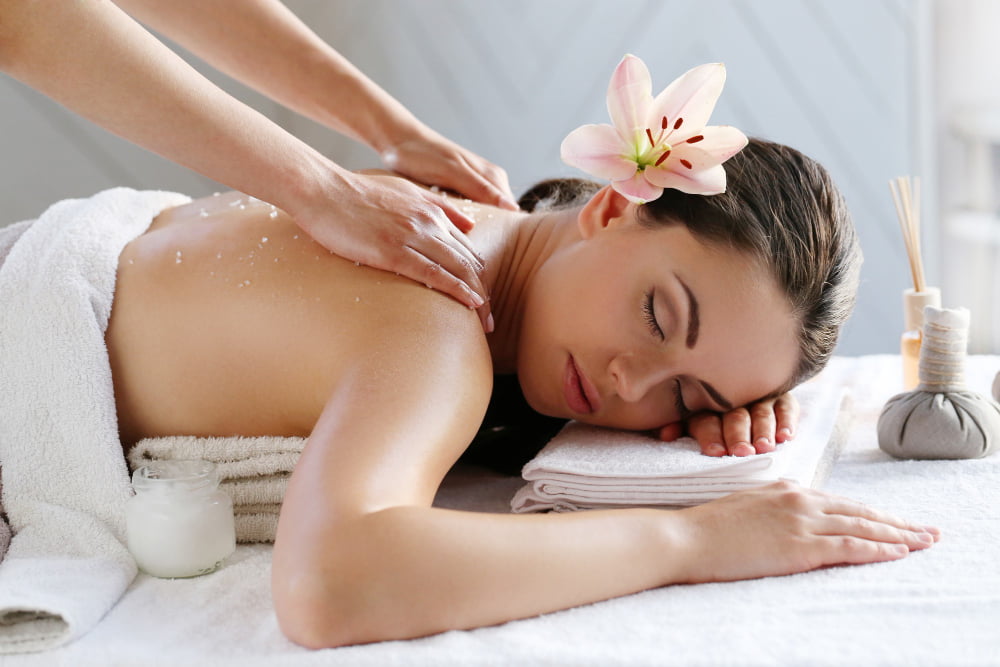
The Benefits of Swedish Massage
Swedish massage offers a multitude of benefits that extend beyond mere relaxation. Both the body and mind reap the rewards of this therapeutic practice.
Physical Benefits
- Muscle Relaxation: The gentle and targeted strokes of Swedish massage ease muscle tension, reducing stiffness and soreness.
- Improved Circulation: Effleurage and other strokes enhance blood flow, delivering oxygen and nutrients to the tissues while removing toxins.
- Pain Relief: By targeting knots and trigger points, Swedish massage provides relief from chronic pain conditions.
- Increased Flexibility: Petrissage and stretching motions contribute to enhanced muscle flexibility and joint mobility.
Mental and Emotional Benefits
- Stress Reduction: The calming nature of the massage helps reduce stress hormones, leading to a sense of relaxation and improved mood.
- Mental Clarity: As tension dissipates, mental clarity and focus are heightened, allowing for better concentration and productivity.
- Emotional Well-being: Swedish massage encourages the release of endorphins, promoting a sense of happiness and emotional balance.
Choosing the Right Massage Therapist
Selecting the right massage therapist is crucial for a fulfilling Swedish massage experience. Here are some factors to consider:
- Qualifications and Certification: Ensure that the therapist is certified and trained in Swedish massage techniques.
- Experience: Look for therapists with a track record of providing effective Swedish massages.
- Reviews and Testimonials: Check online reviews and testimonials from previous clients to gauge their satisfaction.
- Communication Skills: A good therapist should be attentive to your needs and concerns, ensuring a personalized session.
- Professionalism: A clean and well-maintained massage studio or spa indicates professionalism and attention to detail.
Preparing for Your Swedish Massage
To make the most of your Swedish massage, some preparation is essential.
Setting Your Expectations
Take a moment to reflect on your desired outcomes from the massage. Whether it’s stress relief, pain management, or pure relaxation, understanding your goals will help you communicate effectively with your therapist.
Communicating with Your Massage Therapist
Don’t hesitate to communicate your preferences and any health concerns you may have. Your therapist can tailor the massage to address specific areas of tension or avoid sensitive areas if necessary.
Health Considerations
While Swedish massage is generally safe for most people, it’s essential to inform your therapist of any health conditions or injuries you may have. Certain conditions may require modifications to the massage technique or could be contraindicated altogether.
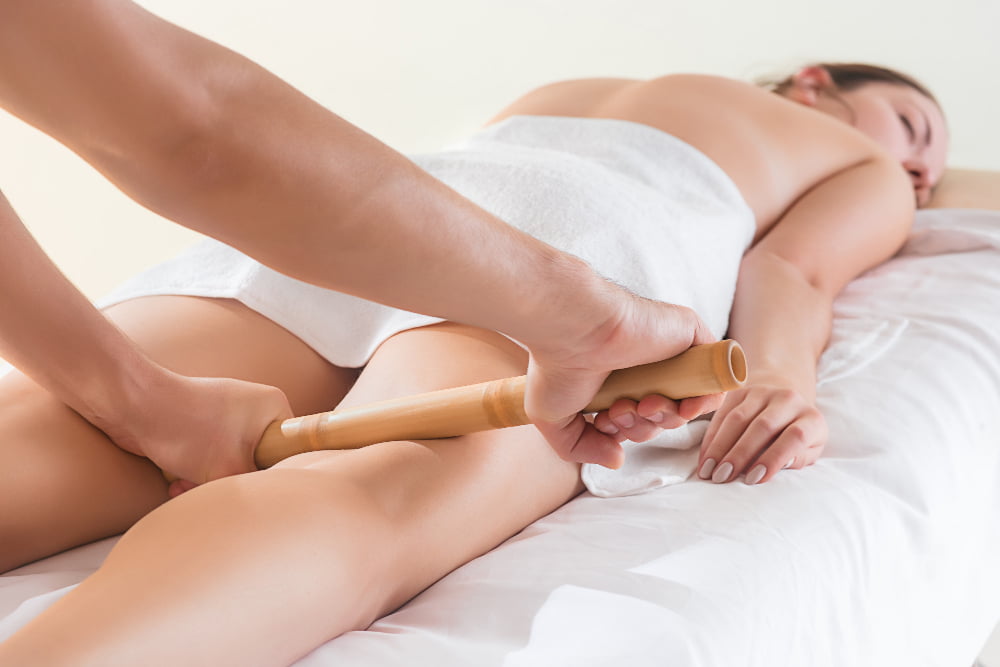
What to Expect During Your Massage Session
Knowing what to expect during your Swedish massage can help ease any anxiety and allow you to fully enjoy the experience.
The Environment
You’ll typically find yourself in a dimly lit, softly scented room with soothing background music, setting the ambiance for relaxation.
Undressing and Draping
Before the massage begins, your therapist will instruct you on undressing to your comfort level and provide privacy for this process. You’ll be professionally draped with a sheet or towel throughout the session, ensuring only the area being worked on is exposed.
The Massage Sequence
The therapist will start with broad, gentle strokes to warm up the muscles, gradually transitioning to deeper techniques to address specific areas of tension. The sequence may vary, but the massage usually covers the back, neck, shoulders, arms, legs, and feet.
Feedback and Adjustments
During the massage, feel free to provide feedback on pressure preferences or any discomfort you may feel. Your therapist can adjust their techniques accordingly to ensure your comfort.
After Your Swedish Massage
After experiencing the bliss of a Swedish massage, it’s essential to take care of yourself to prolong the benefits.
Hydration and Rest
Drink plenty of water after your massage to flush out toxins and stay hydrated. Your body may feel relaxed, and it’s a good idea to rest and allow your muscles to fully recover.
Post-Massage Soreness
Some individuals may experience mild soreness after a massage, especially if deeper pressure was applied. This is normal and should subside within a day or two. Gentle stretches and warm baths can help alleviate any discomfort.
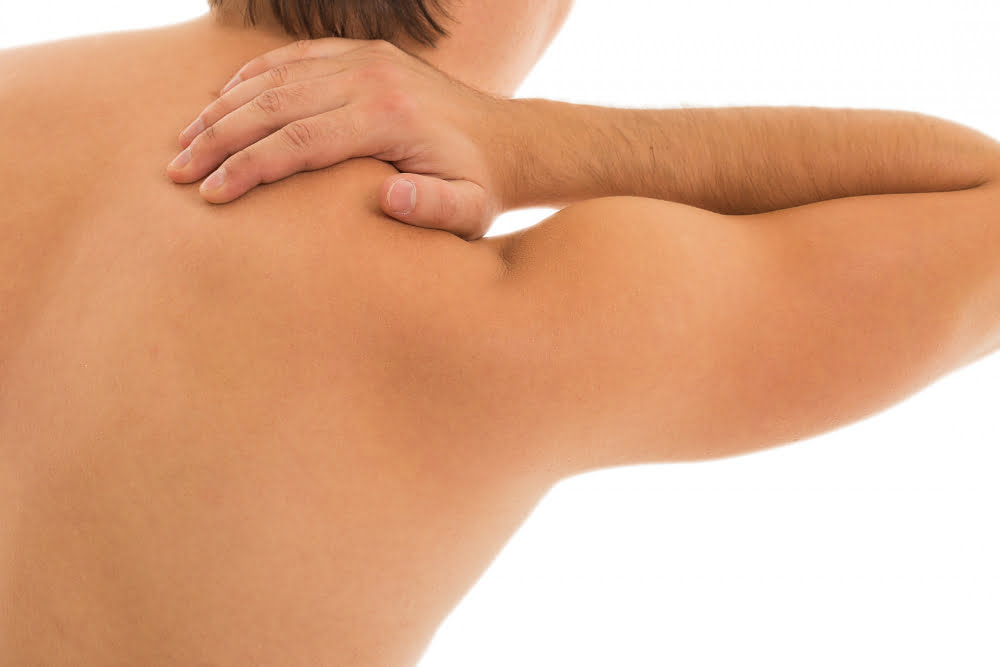
Enhancing Your Swedish Massage Experience
Take your Swedish massage to the next level with these delightful enhancements:
Aromatherapy – Engage Your Senses
Incorporate essential oils during your massage session to enhance relaxation and create a sensorial experience. Lavender, chamomile, and eucalyptus are popular choices for their calming properties.
Music and Ambiance – Creating a Relaxing Atmosphere
Ask your therapist to play soothing music or nature sounds during the massage to further relax your mind and enhance the overall ambiance.
Adding Hot Stones for Deeper Relaxation
Hot stone massage involves placing smooth, heated stones on key points of the body. The heat penetrates deep into the muscles, promoting further relaxation and tension release.
Enjoy the benefits of Swedish massage together with a loved one by opting for a couples massage. It’s an excellent way to bond and de-stress together.
Swedish Massage vs. Other Massage Styles
While Swedish massage is a fantastic choice for relaxation, other massage styles may suit specific needs and preferences.
Deep Tissue Massage
Deep tissue massage focuses on the deeper layers of muscle and connective tissue. It’s ideal for individuals seeking relief from chronic pain and muscle tension.
Thai Massage
Thai massage is an ancient healing practice that combines acupressure, stretching, and passive yoga-like movements. It promotes flexibility, energy flow, and overall well-being.
Hot Stone Massage
Hot stone massage incorporates heated stones to relax and warm the muscles, making it an excellent choice for those who enjoy a warmer, more soothing experience.
Incorporating Swedish Massage Into Your Wellness Routine
To fully enjoy the benefits of Swedish massage, consider integrating it into your regular wellness routine.
Frequency of Sessions
The frequency of your sessions depends on your needs and lifestyle. For relaxation and stress management, a monthly massage might be sufficient, while athletes or individuals with chronic pain may benefit from more frequent visits.
Combining with Exercise and Stretching
Pair your Swedish massage with regular exercise and stretching to maintain muscle health and prevent tension buildup.
Stress Management and Mental Health
Regular massages can play a significant role in stress management, improving mood, and enhancing overall mental health.
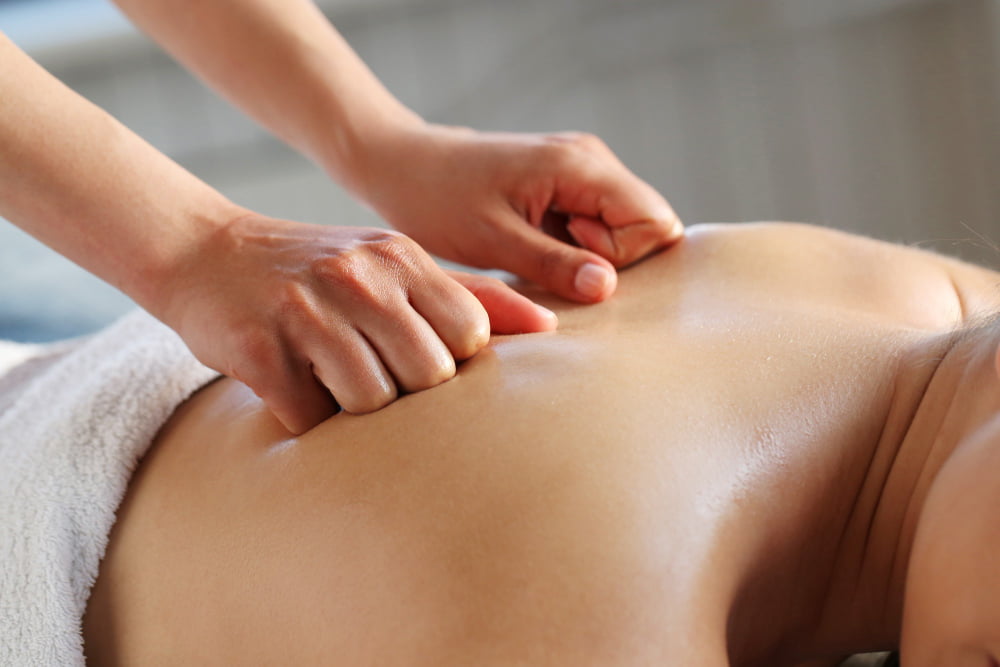
DIY Swedish Massage Techniques
While nothing beats a professional Swedish massage, you can still experience some of its benefits at home with these DIY techniques.
Self-Massage for Quick Relief
Target areas of tension in your body by using your hands or a massage tool to apply gentle pressure and circular motions. Focus on your neck, shoulders, arms, and legs.
Massage Techniques for a Partner or Loved One
Offer the gift of relaxation to your partner or loved one by learning simple Swedish massage techniques. Use long, flowing strokes and gentle kneading motions to provide a soothing experience.
Safety Precautions and Contraindications
Though generally safe, there are some instances when Swedish massage may not be suitable. Be aware of these safety precautions and contraindications:
When to Avoid Swedish Massage
Avoid Swedish massage if you have:
- Open Wounds or Skin Infections: Massage should not be performed on areas with open wounds, burns, or contagious skin conditions.
- Fever or Illness: Rest and allow your body to recover if you’re currently ill or have a fever.
- Pregnancy: Pregnant individuals should seek prenatal massage tailored to their specific needs.
Consulting Your Healthcare Provider
If you have any underlying health conditions, it’s essential to consult your healthcare provider before getting a Swedish massage to ensure it’s safe for you.
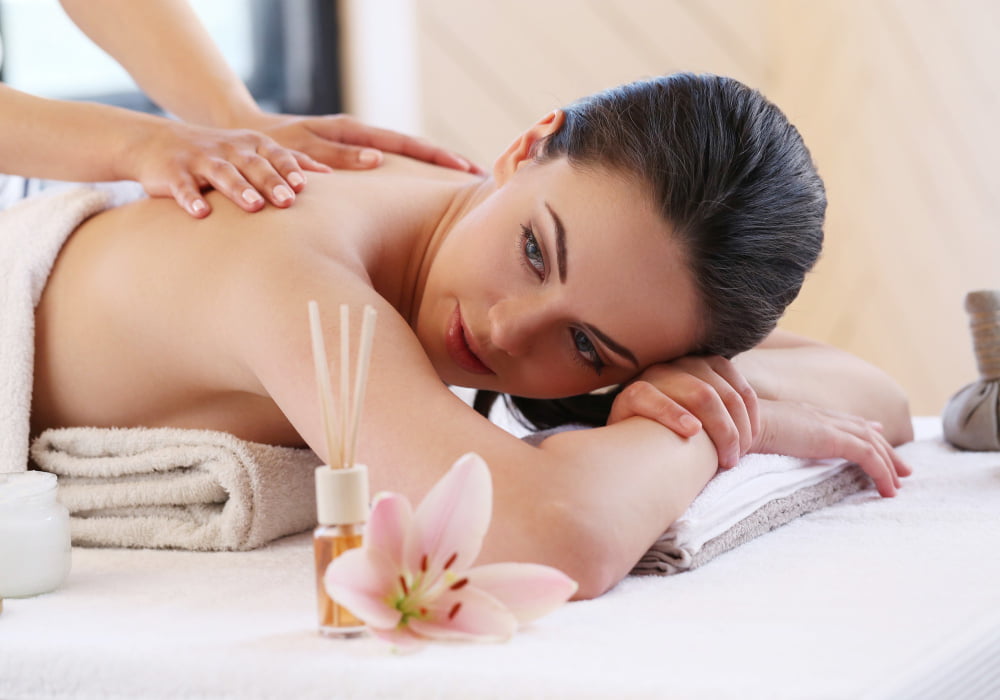
Swedish massage is a timeless and effective way to relax, rejuvenate, and promote overall well-being. From its origins in Sweden to its many benefits for the body and mind, this classic massage style continues to be cherished by individuals seeking comfort and tranquility. By choosing a qualified massage therapist, communicating your preferences, and incorporating enhancements, you can elevate your Swedish massage experience to new heights. Remember to make it a regular part of your wellness routine and enjoy the incredible benefits it has to offer.
FAQs
- Is Swedish massage painful?
- Swedish massage is generally not painful, as it uses gentle and soothing strokes. However, some deeper techniques might cause mild discomfort, especially if you have areas of tension or knots.
- How long does a Swedish massage session last?
- A typical Swedish massage session lasts between 60 to 90 minutes. However, some therapists offer shorter or longer sessions based on your preferences.
- Can I request a specific focus during my Swedish massage?
- Absolutely! Communicate with your massage therapist before the session about any specific areas of concern or focus you’d like them to address.
- Is Swedish massage suitable for older adults?
- Yes, Swedish massage can be beneficial for older adults. It promotes relaxation, relieves muscle tension, and enhances overall well-being, making it an excellent choice for seniors.
- Can I get a Swedish massage if I’m not comfortable with undressing?
- Yes, Swedish massage can be adapted to your comfort level. You can remain partially clothed or request specific areas to be worked on while remaining fully draped. Just communicate your preferences with your therapist before the session begins.






